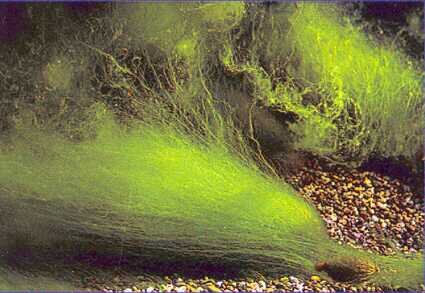Basically, our Central European waters usually differ significantly from those in which most aquatic plants used as aquarium plants are native. The composition is usually such that not all important trace elements are present in the required quantities, so that without the addition of an aquatic plant fertiliser, a deficiency can occur relatively quickly.
Poor plant growth often goes hand in hand with undesirable algae growth. This is because algae, as "lower" aquatic plants, manage with fewer trace elements than "higher" aquatic plants and therefore have a competitive advantage over the actual plant growth in the event of a trace element deficiency.

